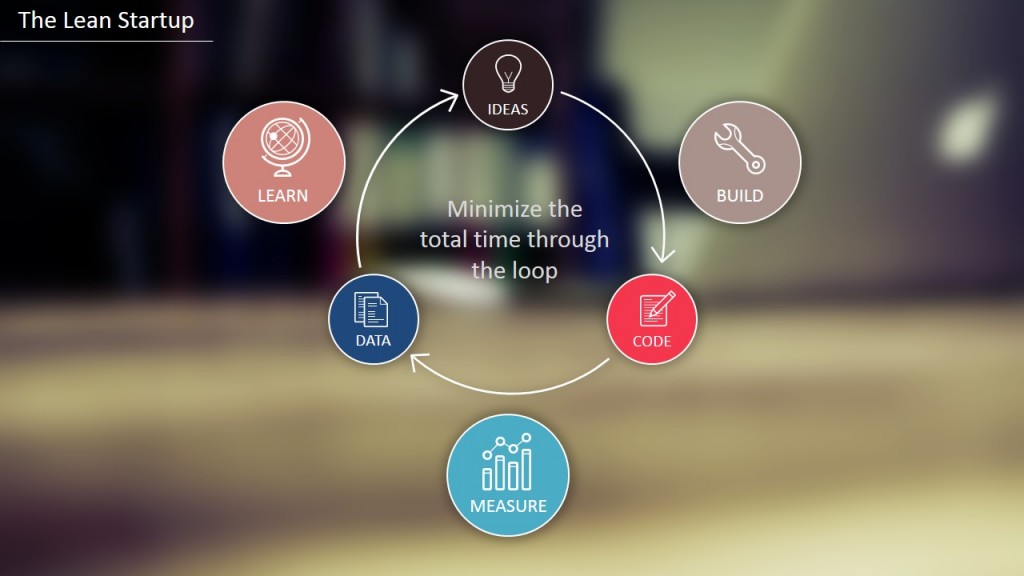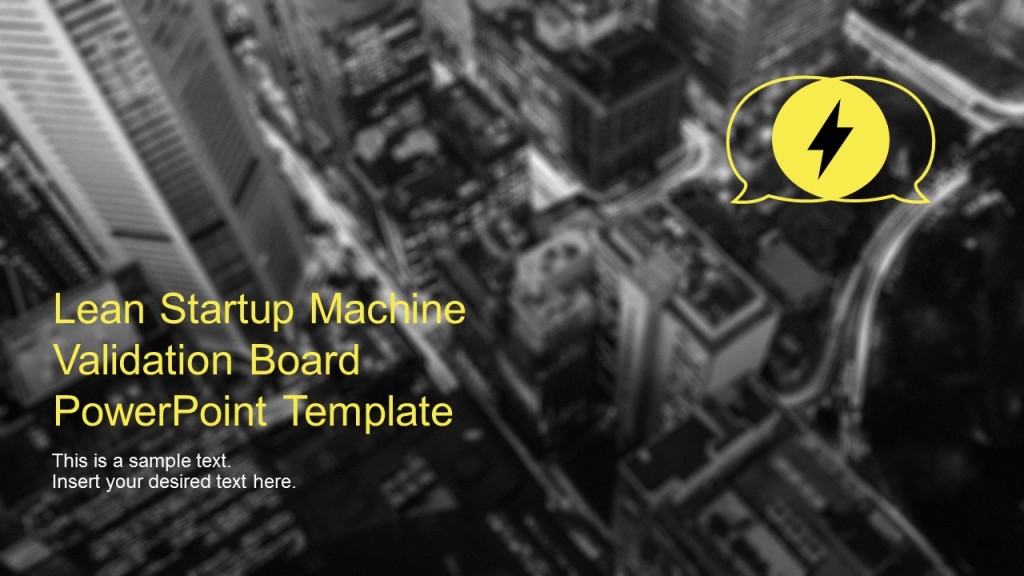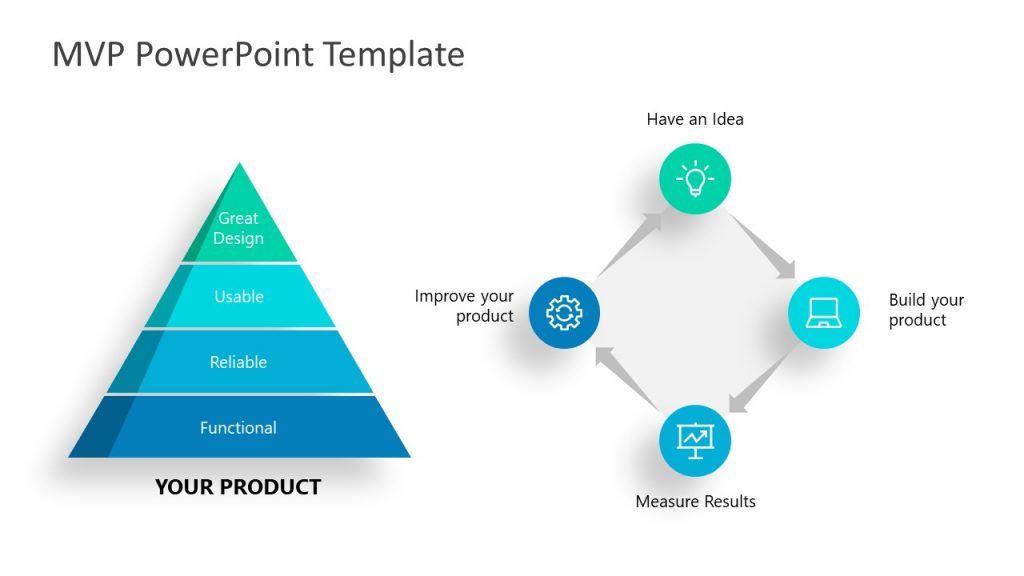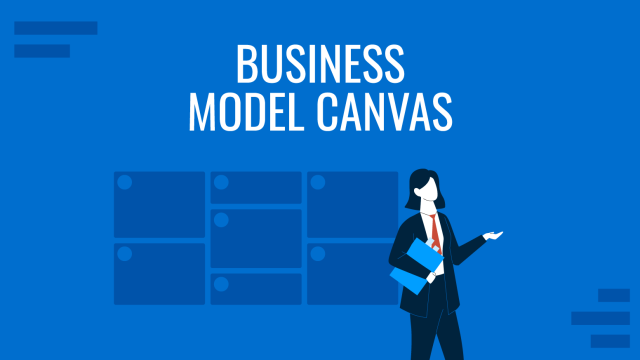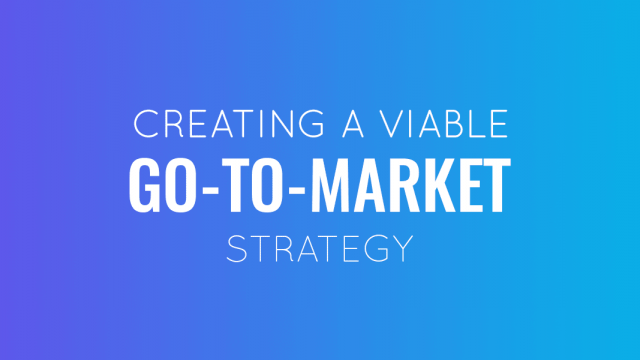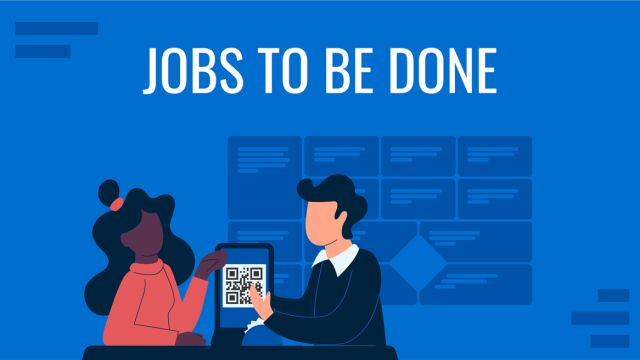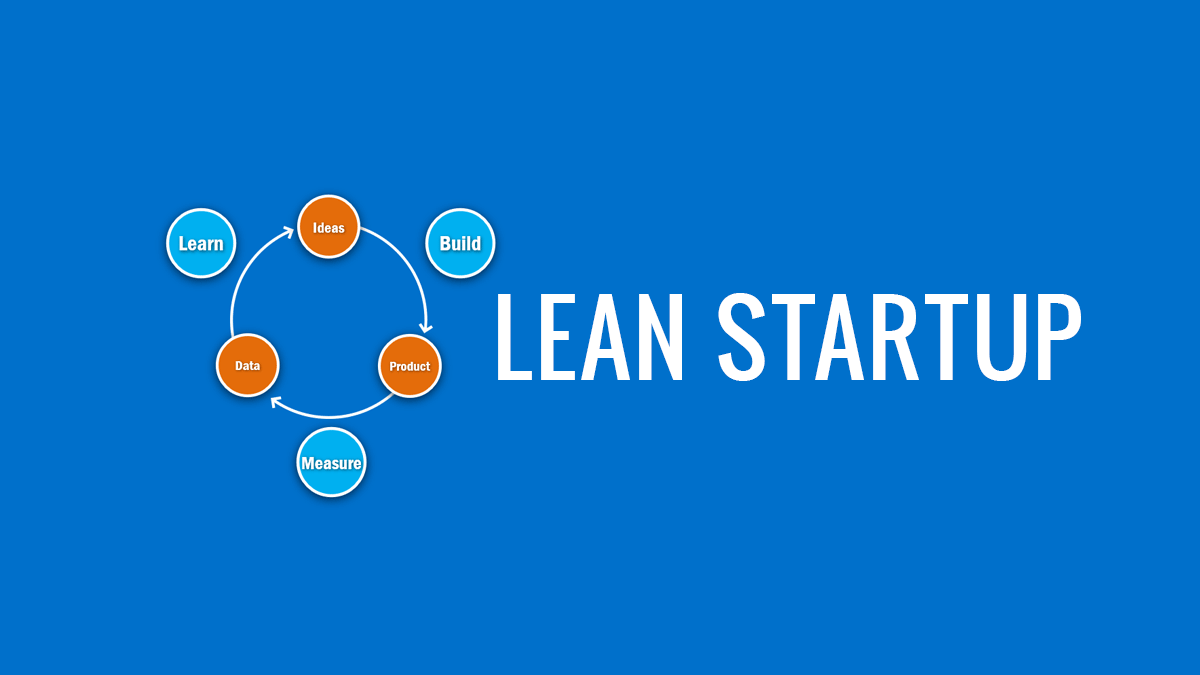
Most startups begin with an idea. Maybe a product or a service seeking to bridge a gap that exists in the market. And traditionally, the first steps involved in setting up a startup have been the same. Coming up with a business pitch, getting investors and then pushing a product to consumers. It’s a tried and tested formula. But nowadays, the biggest question in the world of business is this – has this method outgrown its use?
Harvard Business School lecturer Shikhar Ghosh once said that 75% of all startups fail. The chances of a startup succeeding are minuscule, and the ones that do present an inflated and exaggerated image of startups and success for new entrepreneurs. The old method relied heavily on perfecting a product internally before introducing it to the consumers. The most glaring issue becomes that there is an obvious lack of consumer input in the ideation and production stage. And having that disconnect with your customers ultimately leads to the failure of a startup, as there arises a disconnect between what the consumer wants and what the startup developed.
In order to bridge the gap, and create a methodology that finds itself more flexible and reliant on consumer feedback, the Lean Startup Approach was created. And the Lean Methodology completely changed the way startups functioned and ultimately succeeded.
What is the Lean Startup Approach?
According to theleanstartup.com, the definition of Lean Approach is –
The Lean Startup provides a scientific approach to creating and managing startups and get the desired product to customers’ hands faster. The Lean Startup method teaches you how to drive a startup – how to steer, when to turn, and when to persevere and grow a business with maximum acceleration.
In essence, the Lean Startup Approach aims to shorten development cycles in order to get a minimum viable product, and gauge if the product is viable or not in the long run. The process is initiated with a business model, followed by a continuous cycle of tests, revisions, discarding of hypotheses, getting customer feedback and reiterating or reengineering their product (as suggested by Steve Blank here).
The goal of Lean Startup methodology, according to Eric Ries (author of the bestselling book The Lean Startup), is to eliminate wasteful practices and increase value-producing practices during the earliest phases of a company so that the company can have a better chance of success without requiring large amounts of outside funding, elaborate business plans, or a perfect product.
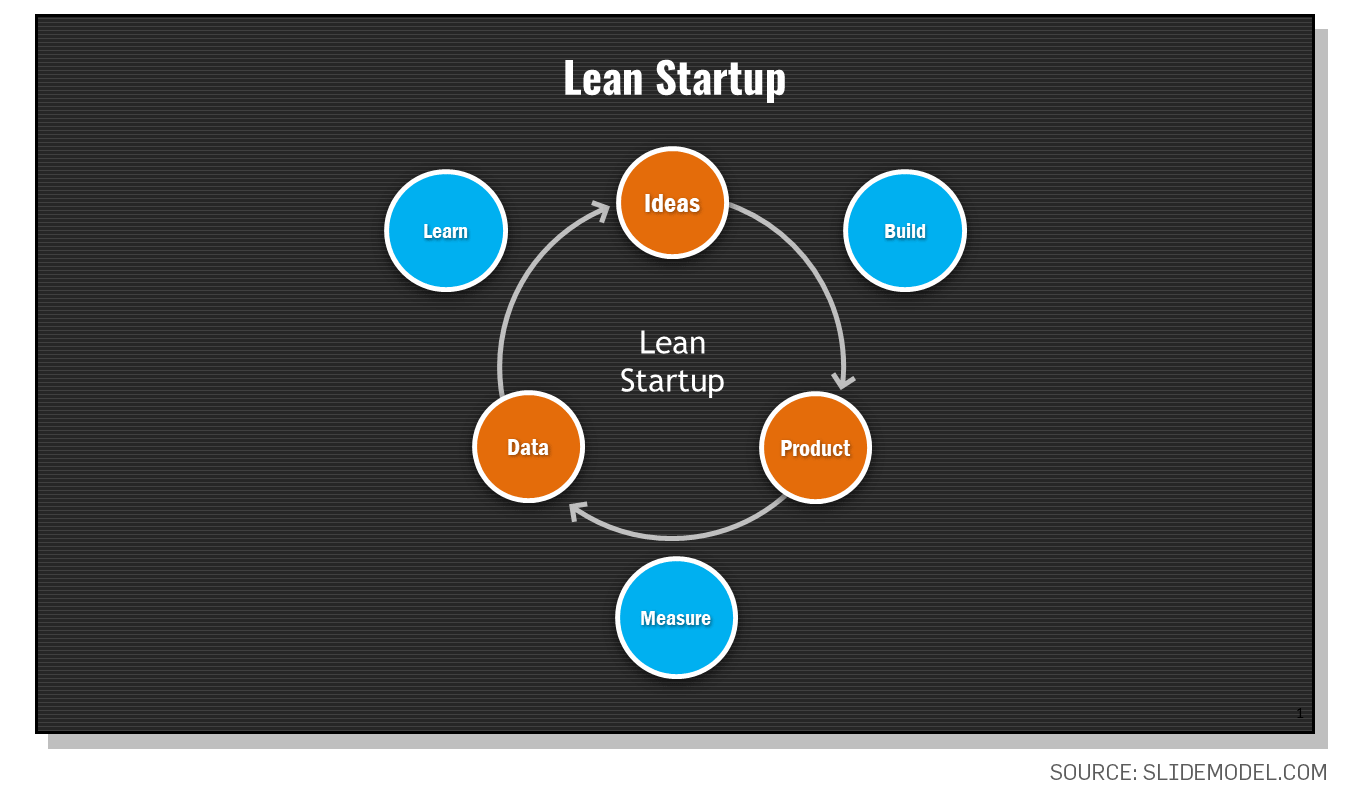
The Lean Startup engages in a process that starts with involving the stakeholders in terms of the know-how, work culture and skills of the core team, as well as the overall vision and experience of everyone. Then comes the Lean execution, which consists of actionable metrics, MVP, customer development and UX optimization. This is the process involving the continuous loop of tests, revisions and feedback. The business model is then developed in accordance with the resources used, customers and partners as well as the value proposition of the product, along with other factors.
History of Lean Approach
The Lean Startup Approach has its background in Lean Manufacturing and Blank’s Customer Development Methodology. While both these topics can be their own blogs, the basic rundown of both is this:
Lean Manufacturing
Toyota, in the late 20th. century, developed a model of manufacturing that streamlined the production process by eliminating any wasteful expenditure of time, money or resources that did not directly add value to the final product. As such, this method relied on eliminating excessive inventory, using Kanban cards for organization, production line quality control and supplier relations. This model first modified itself into software development, from which the Lean Startup methodology took its inspiration.
Blank’s Customer Development Methodology
Steve Blank, in his book The Four Steps to the Epiphany: Successful Strategies for Products that Win, talks about the issues with traditional methods of product development. He proposes an alternate method which he terms Customer Development, and states that in order to minimize errors and revisions later, the focus should be on learning about customers and their problems early on in the development process. Customer development, then, becomes the process of discovering customers’ problems, validating business viability in relation to sales and profits, customer acquisition and standardizing operations.
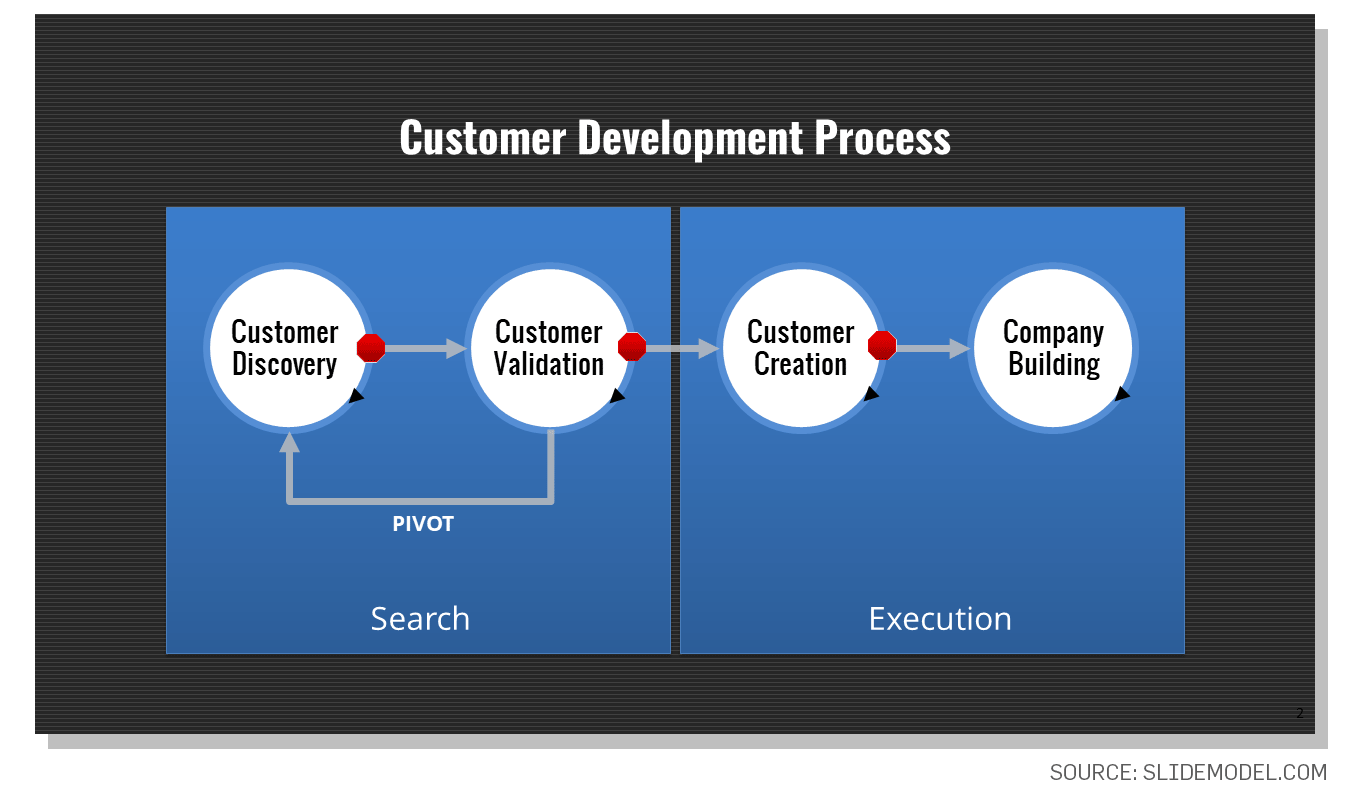
Principle of Lean Startup Approach
There are three major principles that function within the Lean Startup Approach. These principles form the basis on which Lean Methodology can be adopted by any budding entrepreneur that has an idea for a product but is unsure about the execution.
Business Model Canvas

Created in 2005 by Alexander Osterwalder and adopted by Steve Blank in his Lean approach, the Business Model Canvas is a management template primarily used for developing new business models and articulating existing ones. In terms of its usage within Lean Startup methodology, this canvas becomes the drawing board of ideas, guesses, estimates and hypotheses for an entrepreneur. Rather than setting out with a step-by-step framework for the business model, you can use the business model canvas to articulate ideas that would create value for the company and customers. A variation of the business model canvas can be used that works specifically for Lean Startups – the Lean Canvas (originally created by Ash Maurya). It is a working document that consists of ideas and probabilities in the realm of all 9 components within the canvas, including:
- Problem
- Solution
- Key Metrics
- Unique Value Proposition
- Unfair Advantage
- Distribution Channels
- Customer Segments
- Cost Structure
- Revenue Streams
Customer Development
The Lean Startup methodology relies on practical research and data collection. As such, customer development adopts a get out of the building approach wherein startups are expected to go out and ask potential users, existing customers, partners and stakeholders about the product in relation to the business model, i.e. pricing, distribution and other feedback. This promotes the constant feedback loop that is at the core of the Lean Approach, with a constant rejection of things that don’t work, revision and reiteration of things that can be improved, and retention of things that work well.
Agile Development
The final principle of the Lean Approach is the adoption of Agile Development, the roots of which stem from the software industry. The Agile Development method shortens the traditional ideas of production cycles that relied on years of production, followed by consumer feedback for the final product. Instead, Agile works in tandem with customer development in order to iteratively and incrementally develop a product, reducing wastage of time and resources. Agile is used by Lean startups to develop the MVP (Minimum Viable Product).

How to Use the Lean Methodology for your Startup
The Lean Startup methodology requires the understanding of 7 major components which form the basis for any new startup and answers the fundamental question of Should this product be built, and if so, how?
1. MVP – Minimum Viable Product
A minimum viable product (MVP) is the version of a product that allows for most customer learning at the initial stages of a startup. This MVP can be tested against a myriad of users, partners, stakeholders etc. to test fundamental business hypotheses and begin the learning process. It provides empirical information about customer desires on the basis of their reaction to a rudimentary first model.

2. Customer Development
In building a winning MVP, a key phase is customer development. This is that time in the development process where the needs and desires of potential customers are identified, and the development of a product that can address those needs.
There are two parts two customer development – customer discovery and customer validation.
Customer discovery is the tool that allows entrepreneurs to engage in conversation with potential customers to understand their needs and concerns, and whether their products can actually help the customer. It also becomes a process of questioning your assumptions and hypotheses on the basis of customer response and requirements.
Customer validation is a continuous process wherein every iteration of the product is validated by seeing if it addresses the concerns raised by clients and customers.
3. Continuous Deployment and Delivery
Continuous deployment works on the level of software development, wherein new code is immediately put into the production process, eliminating long cycles of creation and deployment. It also provides instant feedback for the team to work towards.
4. A/B Testing
An A/B test is an objective measure of customer behaviour when two groups of people are given different versions of a product at the same time. The difference in their responses is carefully analysed to understand the impact of each version on the consumers based on a pre-defined actionable metric. The statistical significance in A/B testing should be higher than 90%. This implies that the difference in results between the control and test versions are real and not based on chance or human error. The larger the sample size for data collection, the higher the statistical significance of an A/B test.
A/B testing is also known as split testing, and it helps in making data-driven decisions by collecting user data and insights to understand user behaviour, engagement rate, product satisfaction, response to new changes and areas of concern.
5. Actionable and Vanity Metrics
Solid Lean planning involves having key actionable metrics with which to measure the success of the product and company. These are in contrast to vanity metrics, which seek to present the best picture possible using cherry-picked statistics and careful manipulation of reality. For instance, having high customer acquisition rates is generally good for a company, and the metric falls under actionable metrics. However, if this is further analyzed and understood that the cost of acquisition of each customer is higher than the revenue generated from them, and yet the high rate of customer acquisition is used to present a picture of success, this metric becomes a vanity metric.
6. Pivot
One of the most important concepts of the Lean Approach is the concept of Pivot. It is the process by which a structured course correction is made, wherein something new and fundamental about the business, such as business plan, product or strategy, is tested and modified. What this implies is that at every point in the startup building process, entrepreneurs should be willing to pivot completely from their original plans based on customer responses, feedback and stakeholder interests.
Zoom-in pivot. In a Zoom-in pivot, a single feature in the previous product now becomes the whole product.
Zoom-out pivot. In this type of pivot, the whole product becomes a single feature of a much larger product.
Customer segment pivot. In this kind of pivot, the product is positioned to solve the problem of a new segment that was not previously considered. The solution is then optimized a new audience.
Customer need pivot. The feedback gathered indicates that the problem solved is not very important. With a Customer Need pivot, the solution is positioned to find a new problem worth solving.
Other types of Pivot include: Platform pivot, Business architecture pivot, Value capture pivot, Engine of Growth pivot, Channel pivot and Technology pivot.
7. Innovation Accounting
According to Eric Ries, the definition of innovation accounting is:
“a way of evaluating progress when all the metrics typically used in an established company (revenue, customers, ROI, market share) are effectively zero.”
Instead of using traditional financial metrics such as market share or ROI, the Lean approach uses leading indicators, linking your system to long-term growth, emphasizing funding innovation. This includes customer input, validating Leap of Faith Assumptions, and drivers of the long-term business model. Innovation accounting, therefore, allows entrepreneurs to maintain accountability and measure progress, prioritize and set milestones for a project.
8. Build-Measure-Learn Feedback Loop
The Build-Measure-Learn Feedback loop is a series of hypotheses and testing done on the basis of multiple actionable metrics, mostly to do with feedback from consumers, partners and stakeholders. It emphasizes the speedy and iterative nature of Lean startups.
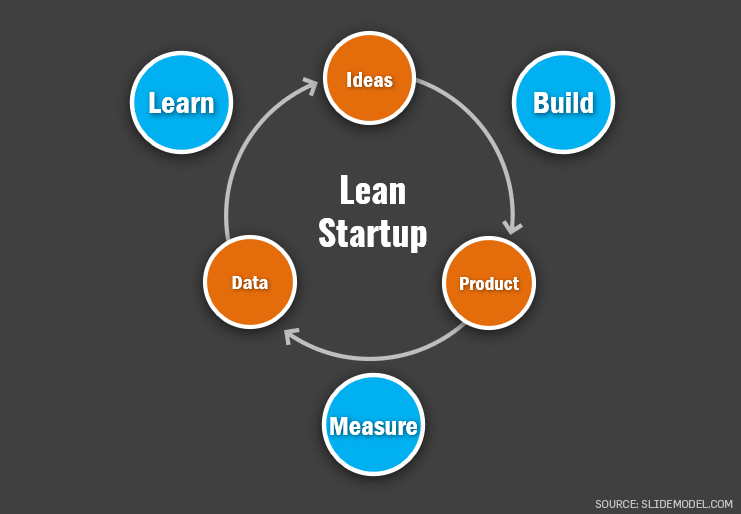
Build – Consists of planning and development of a future product. This product is usually developed without wasting a lot of time and resources in order to meet market demand i.e. the minimum viable product.
Measure – Customer feedback and reactions are collected. This data is measured in order to understand its practicality and usability. Errors and missteps are identified and rectified in future cycles.
Learn – The focus is on validated learning, i.e. collected data compared to assumptions and hypotheses surrounding the product. Learning requires constant adaptations and modifications as the feedback loop continues on and on, as more feedback and data is analyzed to improve future iterations of a product.
These factors together form the Lean Startup methodology. These allow entrepreneurs to come up with a robust business model that works flexibly, quickly and eliminates wastage of resources at every level of production.
Benefits of the Lean Startup Methodology
1. Eliminates Wastage
As stated above, one of the biggest advantages of the Lean Startup methodology is that it eliminates wastage of time and resources by reducing wasteful practices in the process. This is especially useful before you start a new business. Anything that adds value to the product for the company and consumers is kept, everything else is discarded.
2. Short Development Cycles
As work is done in iterations and using Agile in Lean startups, the overall time taken in the development stage is significantly reduced, leading to short development cycles and rapid change implementation.
3. Risk-Taking and Entrepreneurship
Since the initial costs associated with the development of an MVP are lower, it promotes risk-taking ventures and idealism in entrepreneurs as the barriers to entry become surmountable. And as more risky projects come to life, so do entrepreneurs that succeed with radical ideas and difficult products that otherwise would never have been greenlit if not for the Lean Startup methodology.
4. Customer-centric Product
Due to engaging in a constant customer feedback loop with users and the development team, the product that is launched at the end of development is a product that customers actually want. This automatically enhances one’s chances of success and entering the market successfully.
5. Easier Financing
Access to financing has been made easier as there are fewer upfront costs associated with a Lean startup. As such, smaller investments are needed to fund the project in its initial stages, inviting a host of smaller, more conservative and newer investors looking to finance a less capital-intensive project, breaking away from the reliance on monopolistic venture capitalists.
Criticisms of the Lean Startup Methodology
While the Lean approach for startups has been quite remarkable in terms of its results and effects, there are still many issues that need to be kept in mind when working with the Lean Startup methodology. Critics of the same have come with certain criticisms that entrepreneurs should account for when making their own business plans.
1. Incomplete R&D
There is a rush to complete the MVP in Lean startups, and that can lead to incomplete and shallow research and development (R&D), further leading to a flawed product. It becomes essential to not compromise quality for time, as not spending enough resources for effective R&D can derail a product in the very beginning, increasing the overall time taken for the MVP to be developed.
2. Competition and Execution of MVP
When developing an MVP in a continuous customer loop, the secrecy of the product is compromised. As such, it can lead to a situation wherein competitors to the product crop up that can then out-execute the original MVP in lesser time. This means that the original startup no longer has the ability to capture the market entirely for what so far was a unique proposition.
3. Cash Preservation
Despite lower upfront costs, there are still costs associated with running an entire operation. And with smaller initial investments, a large amount of time is spent managing limited funds and focusing on plans for cash preservation. This leads to cost-cutting and stagnation in the development process.
4. Startup Purgatory
A common issue that arises with Lean startups is that they reach the stage of startup purgatory. This arises when the final product is not the best in the market and therefore does not see significant gains, but the company does not go bankrupt due to adopting lean startup methodologies and preserving cash flow. The company is left stagnated at one point, with no discernable direction in which it can move. It is imperative that a startup not reach this stage as it is near impossible to move out of it without more funding or devolving into bankruptcy.
Using Presentation Templates to Present Lean Startup Approach
If you are developing a new business idea, and have decided that the Lean Startup Approach will work the best for your business model, it becomes imperative to present your ideas, pitch and MVP in a clear and concise manner to users, partners, stakeholders and investors. Using well-built presentation templates, created for the express purpose of showcasing the best of your business plan, is one of the easiest and fastest ways to articulate your thoughts.
Using the elements mentioned above in How to Use the Lean Methodology for your Startup, create a presentation that effectively uses visual elements, text elements and data charts to showcase your vision. Browse SlideModel’s collection of presentation templates to create your own Lean Startup plan.
These templates contain the three major subcategories of Lean Startups – Ideas, Code and Data. The slides are further divided into Build, Measure and Learn, in order to present a comprehensive Lean Startup approach for budding entrepreneurs.
Final Words
The Lean Startup Methodology is a strategy, and depending on the context of your product and industry, it can work or not. Thus, it becomes important to understand the basics of what it is and how to implement it, as well as any potential pitfalls that come with it. But rest assured, it is one of the best ways of implementing a new idea in the market today, and research has been conducted to back its efficacy. With new data highlighting its successes and outlining its benefits, the Lean Startup Approach is one of the most popular and effective ways to start your own business!
